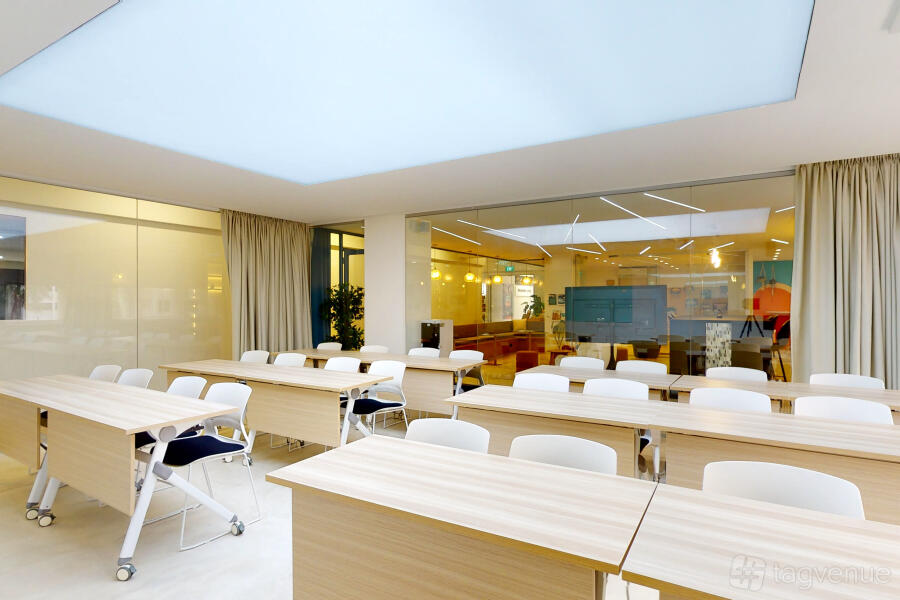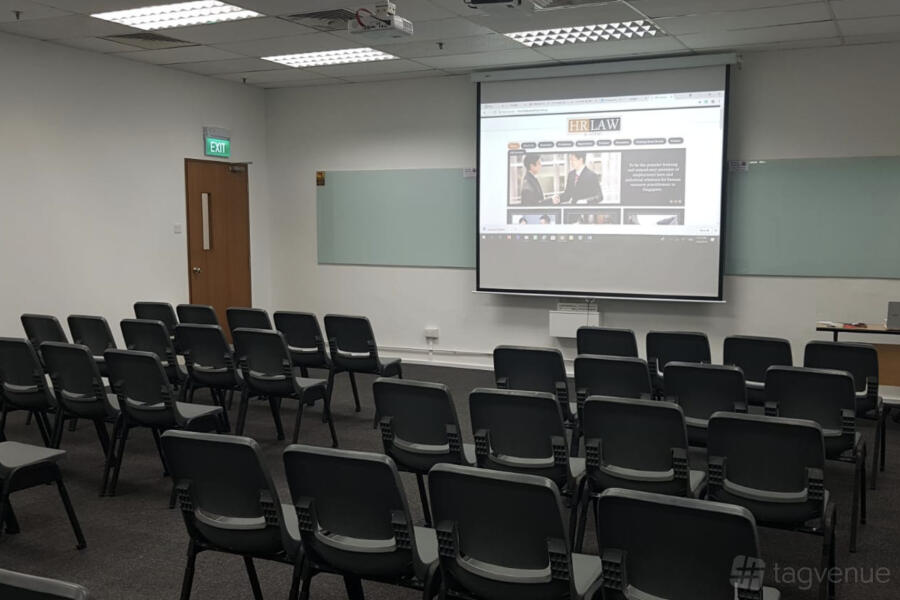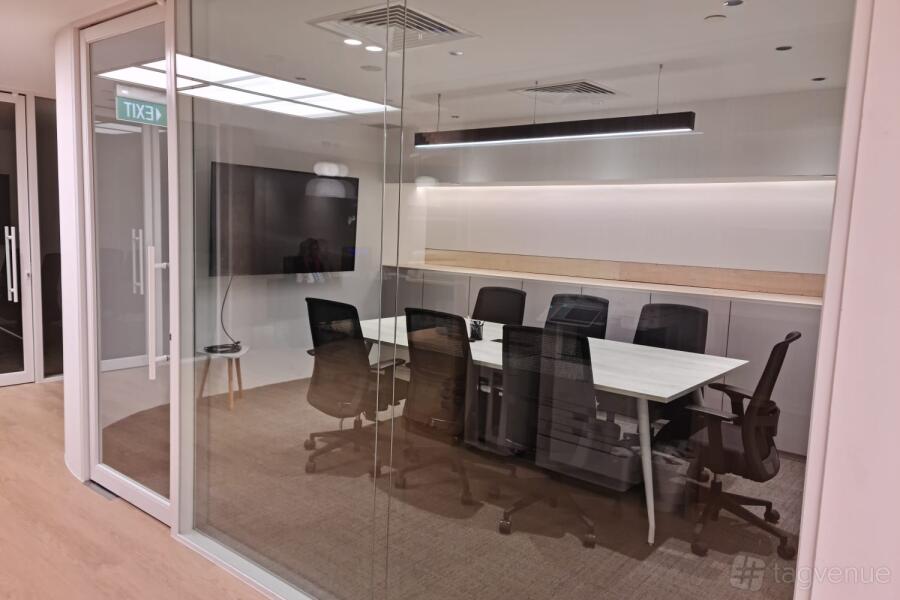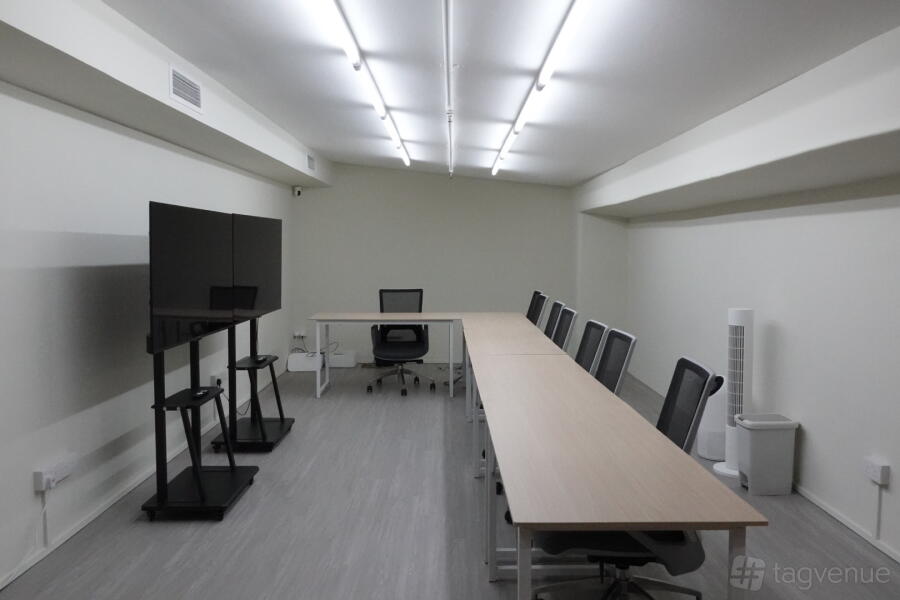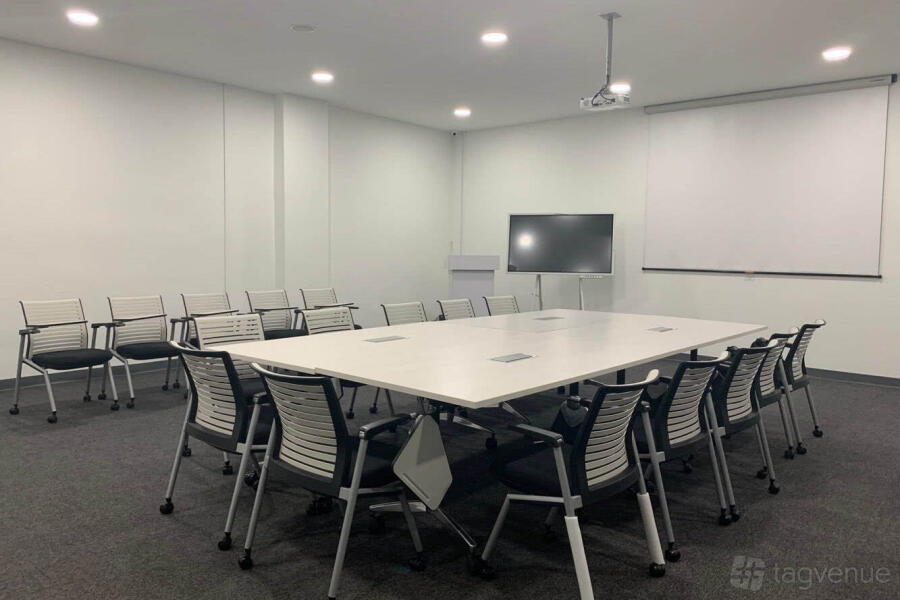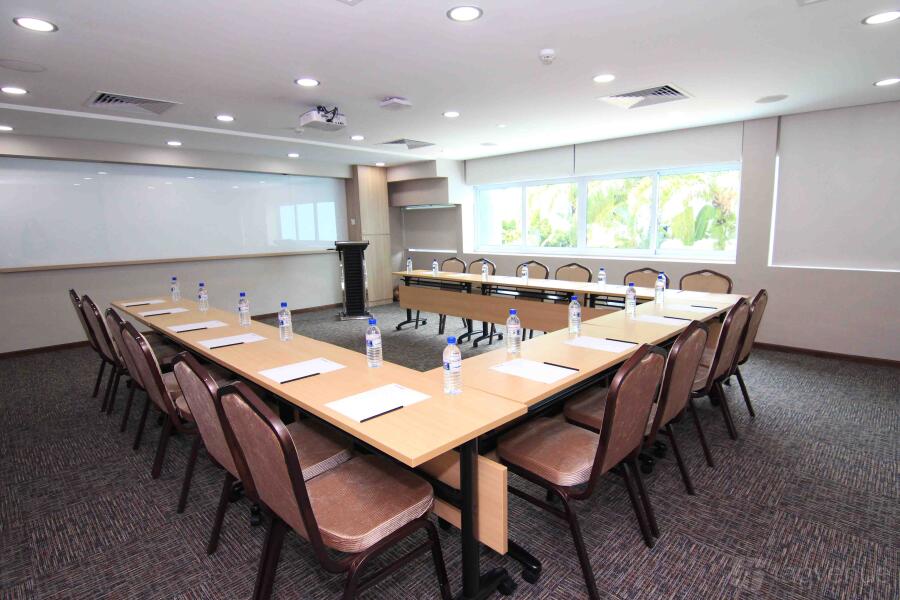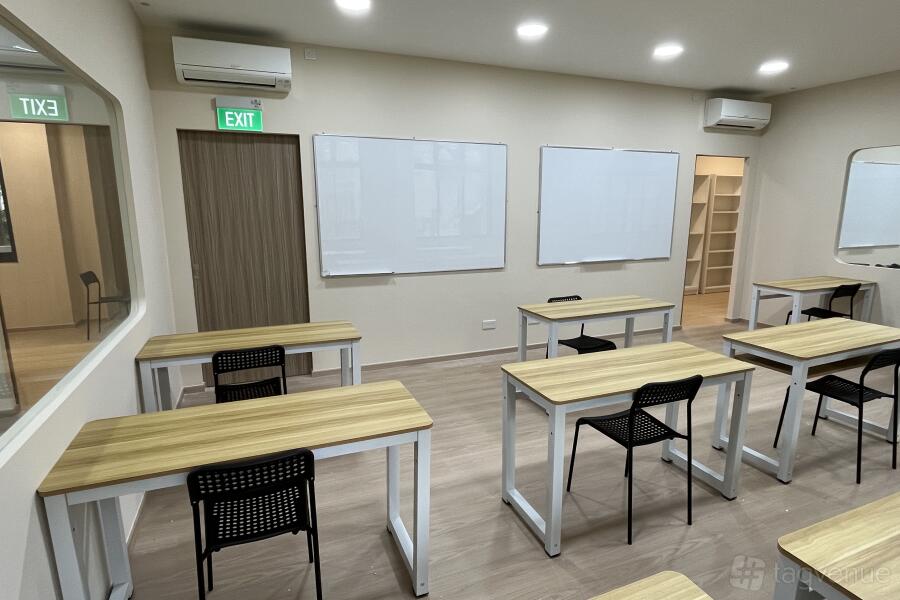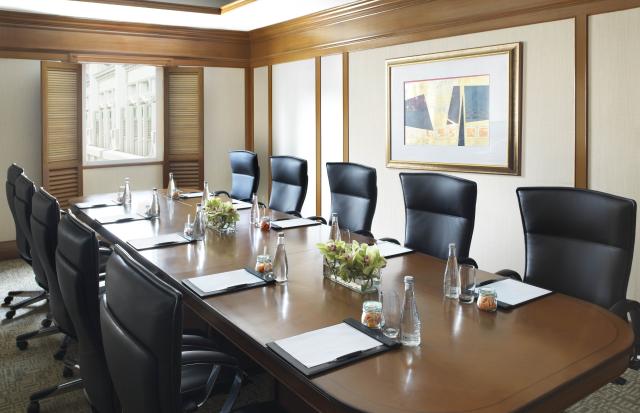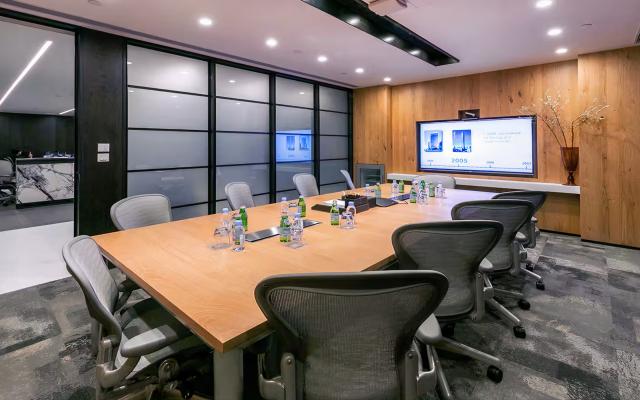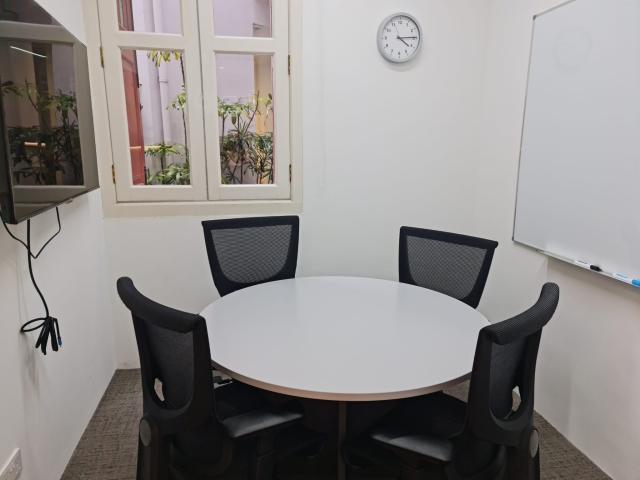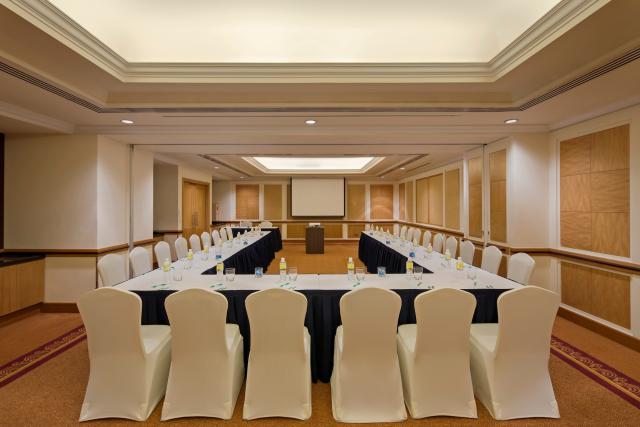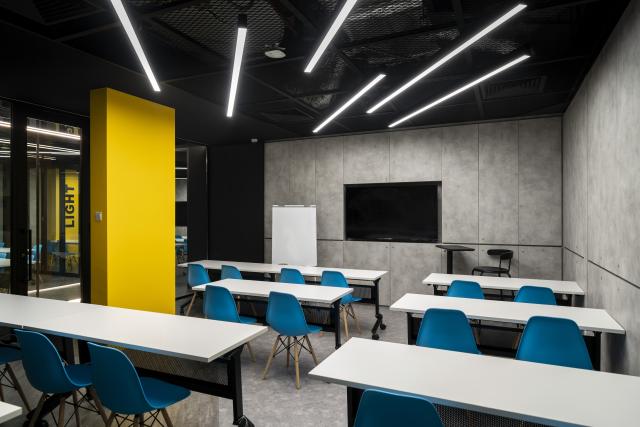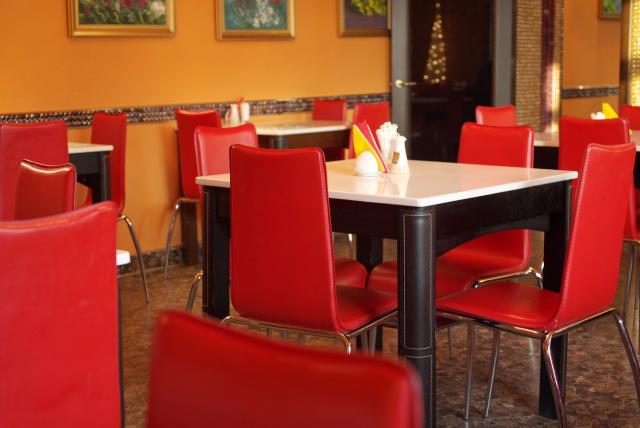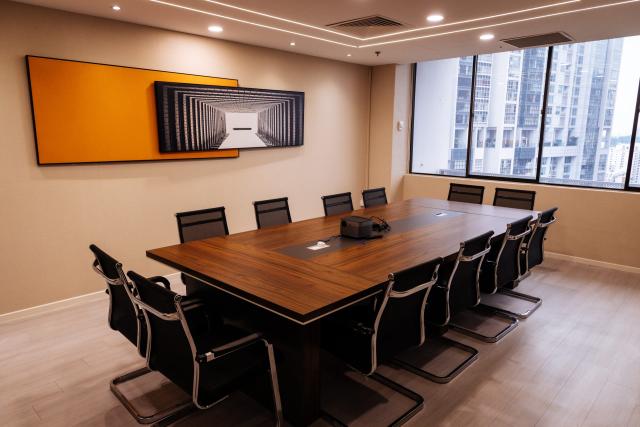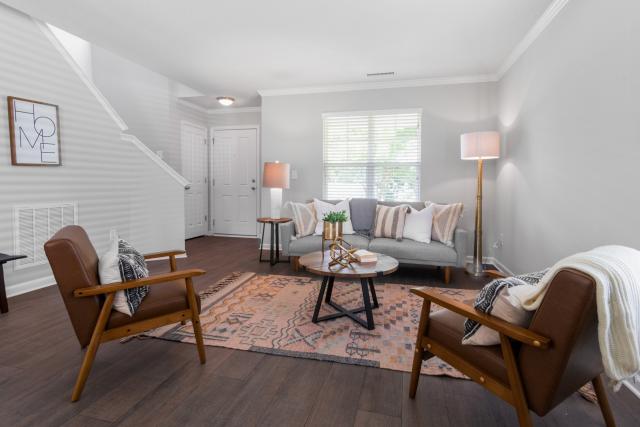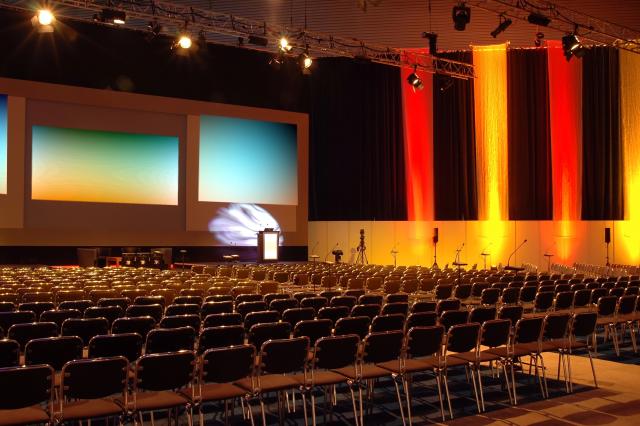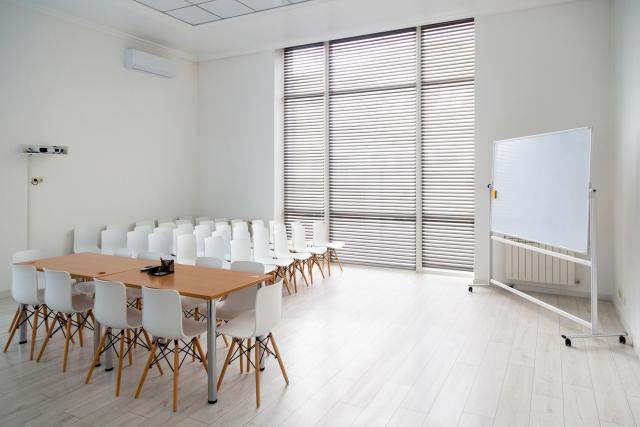Top Training Rooms in Singapore
Browsing through training rooms in Singapore? Whether you’re a team leader looking for a board room for your next corporate training or a teacher preparing their students to win a competition, here you will find just the right venue. From unique and innovative coworking spaces to conference halls, Singapore is full of spaces that can answer all your needs. Hop over to our search bar, put in all the info, and start browsing. We will have you in a training room in no time!
-
Wings of the Dawn Meeting Room
24 guestsWings of the DawnAng Mo Kio MRT StationAng Mo Kio Town Centre, Singapore#Supervenue
MMeiling
“Location is centralised too. Highly recommend for training or workshop.”from S$65
hire fee / per hour -
First Class 5th Floor Room
120 guestsSynergy Room Singapore Shopping CentreDhoby Ghaut MRT StationDhoby Ghaut, SingaporeHHan
“A value-for-money location that is central and accessible for training needs.”from S$1020
hire fee / per day -
Boardroom
8 guestsN9 Offices (City Hall)City Hall MRT StationCity Hall, Singapore#Supervenue
LLim T.
“I am glad to hold my trainings with my client at N9 Offices.”from S$55
hire fee / per hour -
Boardroom
50 guestsCityHubRaffles Place MRT StationClifford Pier, Singapore#Supervenue
TTan P.
“Reyan is very responsive. Venue booking is an ease and pricing is competitive.”from S$98
hire fee / per hour -
Bailey's Space
9 guestsBailey's SpaceMarine Parade, Singapore#Supervenue
YYajiv R.
“Perfect venue for conference”from S$17
hire fee / per hour -
The Training Room
52 guestsThe Training Room by CalGeniePasir Panjang MRT StationPort, Singapore#Supervenue
RRyan L.
“Free-flow drinks, attentive staff support”from S$80
hire fee / per hour -
Training Room 1
50 guestsAdvance VisionMacpherson MRT StationKampong Ubi, Singapore#Supervenue
HHappy S.
“Like and the host is nice and friendly and helpful”from S$55
hire fee / per hour -
Training Room 2
40 guestsAdvance VisionMacpherson MRT StationKampong Ubi, Singapore#Supervenue
AAdrian
“Jonathan was very helpful to answer enquiries and to give us more information about the venue.”from S$60
hire fee / per hour -
Training Room
30 guestsSMCCI - Studio Room & Training RoomBugis MRT StationKampong Glam, SingaporeIntroducing our training room, located in a convenient location just 5 minutes away from Bugis MRT station. Perfect for hosting workshops, seminars, and meetings.from S$60
hire fee / per hour -
Cypress
50 guestsMetropolitan YMCA SingaporeStevens MRT StationNassim, SingaporeKKristie
“The location of the venue quiet near with mrt & bus stop.”from S$150
hire fee / per hour -
Classroom 3
22 guestsSages Academy AdmiraltyAdmiralty MRT StationWoodlands East, SingaporeIdeal for trainings, classes and seminars, our classrooms are newly renovated and have tables and chairs. Each classroom has two whiteboards and is fully air-conditioned and soundproof.from S$30
hire fee / per hour -
Premium
180 guestsRNN Conference CentreTelok Ayer MRT StationCecil, SingaporeCCharmaine
“Location was very central and easy to get to.”from S$400
hire fee / per hour
- 1
- 2
- 3
- ...
- 15
Capacity
Budget
Area type
Venue type
Catering and drinks
Accessibility features
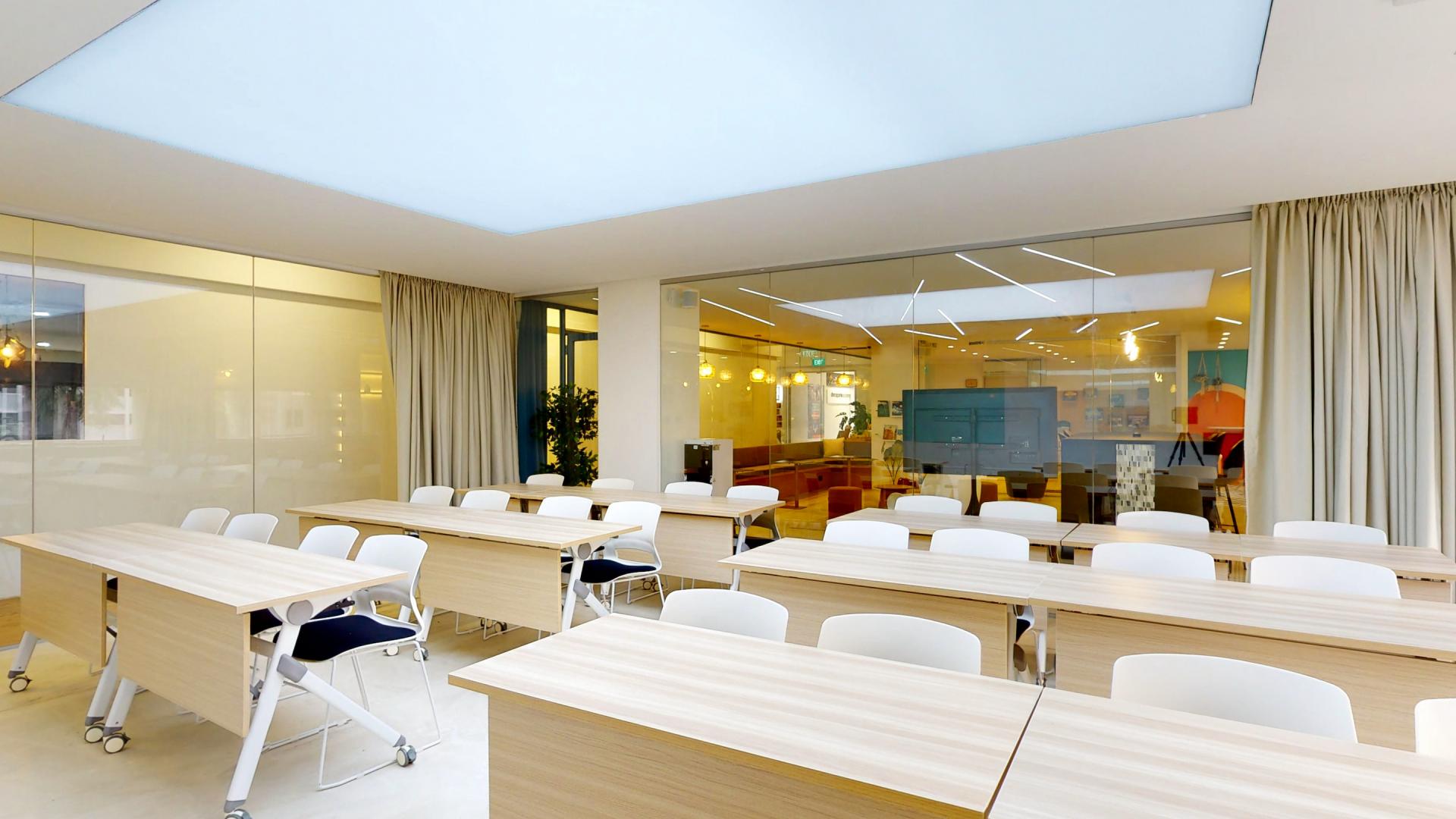
FAQs about Top Training Rooms in Singapore
When it comes to renting a venue for your training event, you can expect to pay from $50 to $450 per hour. For minimum spend, the prices usually fluctuate around $600 to $7000 per session, while prices for per person packages can be found ranging from $40 to $200. Keep in mind that the final price may differ from these prices due to several factors such as the size of your training event or the type of venue you wish to hire. (All data from Tagvenue.)
Each training event is unique and requires different services, however, there are several points you should keep in mind while looking for the perfect venue for you. Technical equipment, such as a projector and speakers, are a must for modern and interesting training sessions. If your event requires computers or any other additional set-up, make sure to communicate it to the venue manager to avoid any mishaps. If your event lasts longer than a few hours, make sure to request a breakout room to ensure the most productive environment. Some venues offer such services themselves and others allow you to order an external caterer. Pick whichever suits your event and budget best!
Check out the selection of training rooms on our platform and see if anything catches your eye straight away. Use our smart filters to search the rooms by their price, capacity or other factors that may influence your final decision. Once you find the venue for you, reach out to the venue manager and book directly!
Renting a training room is a good occasion to change the scenery for the team. The external venue provides space for activities that regular offices may not be able to offer. If you’re planning an activity for people from different companies or groups, a rented training room, located in central spots, might be easier to reach by all the participants.
Downtown Core is where the financial heart of Singapore beats. You can find many training rooms that will suit the professional setup of your training. The neighbouring Civic District, packed with historical and architectural gems, make for a great training area for both corporate and startup entrepreneurs. Colourful and vibrant Rochor makes a great backdrop for more casual training sessions.
Your Guide to Renting Training Rooms in Singapore
Training sessions are a great tool to work with your team to enhance their professional development or prepare together for new challenges.
When preparing for a training session first find out what your team needs. Running a pre-training survey will let you know exactly what the team needs and their expectations for the training. You will also know whether you will be able to answer those needs. Perhaps you will have to look for another person within your company to lead the training or hire somebody from the outside. Once you know what your team needs, plan out the session and the activities you will do with the group. Make a list of equipment that you will need to run all the tasks. If there’s something the participants need to prepare beforehand, send out a clear note so they can get ready for the training.
Now you can start looking for a training room. Even if you’re planning a training session for your colleagues, consider renting an outside space, not the one offered by your company. This way you can move the group and bring new energy into it. Changing the scenery might also pull them out of the rut and inspire new ideas. If you decide on that, look for a space that would be within walking distance from your office, so the training session doesn’t turn out to be too much of a hassle and everyone will want to be a part of it. Make sure people attending your training session will feel comfortable in the space you’re providing. It’s especially important if your training will touch on more private matters or ones that are not to be heard by the outsiders. Make sure no one will have to feel conscious of the people around.
Other things to remember about when renting a training room
Size - Is the room big enough for the entire training group to comfortably fit in it? The size of the room is especially important if you’re planning on some other activities than just sitting at the table and talking. Make sure you can do everything you’ve planned in that space.
Location - Think about people who will attend your training session. Try to look for a space that everyone attending will have no problem reaching. If you can’t find such a space, look for a venue in a well-communicated spot, so it’s easily accessible.
Desks or tables - Are there enough desks for everyone? Or a table big enough for everyone to sit at it? Remember that you will probably be using some writing tools or laptops, so the desks or the table have to be big enough to fit all the participants.
Chairs - If during your training you’re planning to be seated for most of the time, make sure the participants can focus on the work and not on being uncomfortable. If the training session is more of relaxed type or focused on team building you can even look for spaces with sofas or armchairs.
Refreshments area - Hard work takes up energy, so prepare some snacks and drinks for all the participants. If it’s possible, try to set the area away from the working space, so you can draw a clear line between the work and resting time. If you would like the team to have a meal together, look for a venue that will be located near restaurants or that food can be easily delivered to where you will be working.
Equipment - Check if the room you want to rent has all the equipment and amenities you will need for your training. If you’re planning to bring your own accessories or appliances, make sure you will be able to use them in that space.
Accessibility - Find a training room that will have no accessibility barriers. Be very mindful of people who will come to your training session. Make sure they can reach and access the training room with no problem.
Area - Before deciding on the final venue, look around and see where the venue is located. Is the area loud? Are there planes flying above or maybe an ER station nearby? All the noises reaching your training room may affect your team and their work during the meeting.
After the training session, don’t leave immediately. A good idea might be to end the training session with a team-building activity, time to unwind, or just time to discuss the training. It doesn’t have to be an obligatory part of the training, but suggest to the participants that there is such an option. If you decide on that, look for a training session venue which could provide space for such activities as well.
Training session on a budget
When you're on a budget, it can be difficult to run a training session. You may not have enough funds to buy expensive equipment or may fear that you won’t be able to provide high-quality content. But there are many ways to make your training sessions more effective and enjoyable without spending too much money.
Here are some tips for keeping costs low:
Start small - The less money you have to spend on training, the more creative you'll need to be. So start by setting up a few one-on-one sessions with members of your team and see how they respond. If they're enthusiastic about the idea and want more sessions, then go ahead and schedule them for the whole team.
Know what you're getting into before you commit - If you're unsure about whether training is right for your organisation or if it's worth investing in, talk with an expert who can help guide you through the process. A consultant will also be able to identify any potential roadblocks or concerns that may arise along the way so that they can be addressed before it's too late!
Keep it simple - Unless your training focuses on learning a new complex skill, try to keep it as simple as possible, while still maintaining the quality of what you’re delivering. The less complicated your training is, the less time it will take, which means you'll spend less money on materials and less time preparing for the event. Focus on what matters most and cut out everything else that is not necessary to complete the training.
Use what you already have - Look around the office for things that can be used as props or examples during the training session — supplies like sticky notes, pens and paper clips can make great visual aids when you're teaching something new to employees. Some companies even use their own products as learning tools, such as demonstrating how the new software works by showing employees how to use it themselves (or having them practice with some pre-made templates).
Use free resources - There are lots of free resources out there for learning new skills. Check out YouTube videos and Google search results for some ideas. There are also pages that offer courses on various topics. Check whether you can sign up for a free trial to use them cost-free. Many of these pages have occasional discounts, so keep up with their social media or the newsletter so you don’t miss out on any occasion to buy courses that interest you.
Do it yourself - If you're an experienced trainer and have the skills, you can do the training yourself. You'll save money not hiring an external trainer and you'll also get valuable feedback from your colleagues.
Use volunteers instead of paid staff members whenever possible - If someone asks if they can help out with an upcoming training session (and they're available), let them! They won't cost you anything extra and will likely be grateful for the opportunity to contribute something positive to their organisation's work environment.
Types of training session venues
Training rooms can come in all shapes and sizes and you should choose one that suits your target audience, the type of training you’re doing and how you plan to introduce your content. So what kind of venues can you find when looking for one for your training session?
Classrooms - This type of room will have rows of desks facing the front of the room, with space for the speaker at the front. It’s a setup that can be used for lecture-style training. Since each participant has desk space for individual use, this setting enables participants to take notes or use laptops.
Auditoriums - Auditoriums are a great venue for any kind of training for a large audience. No matter how many people attend, those sitting in the back still have a good view of the stage and the person presenting. However, auditoriums do not lend themselves well to personal one-on-one learning situations. There is also no room for attendees to take notes on their laptops or work on projects during training sessions.
Meeting rooms - Usually equipped with all the necessary facilities for a meeting, like flipcharts, whiteboards and TVs, these kinds of rooms are good for discussion-type training or workshops. With the desks and chairs usually being movable, meeting rooms can be rearranged to allow the participants the most beneficial seating. Meeting rooms come in different sizes, so they work both for smaller groups as well as larger ones.
Cafes - Although a cafe may not be the first choice for training space, it’s actually a good idea to hold training in such a space. Cafes offer a relaxed atmosphere. They have lots of natural light, which is good for your employees' moods and productivity. They've also got nice decor that can help set the tone for the meeting. Since cafe tables can serve as a working space, you can use them to take any notes or use your laptops during the session. With hosting a training session in a cafe you must be aware that some people may not find it comfortable to attend such an event in a public space, so make sure the participants are ok with this type of venue.
Event spaces - These are another excellent venue choice for a training session. Event spaces come with everything you need in one location—from tables and chairs to AV equipment. In addition to having great lighting and decor, they're also more flexible than a regular meeting room and can be adjusted to what the team will need. They may also be larger and have more options for catering and audio-visual equipment.
Here are some venues you may find interesting:
- ERC Institute - classically arranged training rooms able to accommodate from 10 to 60 people. All the necessary equipment and high-speed wi-fi are available in every room.
- Workcentral - a coworking space offering offices to focus on work, but also relaxed spaces to unwind. Great for creative training meetings, networking, and other corporate events.
- O2 Work @ Collyer Quay Centre - offering both a seminar room and an event space, this venue is great for hosting brainstorming meetings as well as more relaxed training sessions.
- UCLUB CENTRAL - if you're looking for something modern and flexible, this event hall offers something for you. Whether it's going to be a workshop-style event or a seminar, it will work perfectly in this space!
